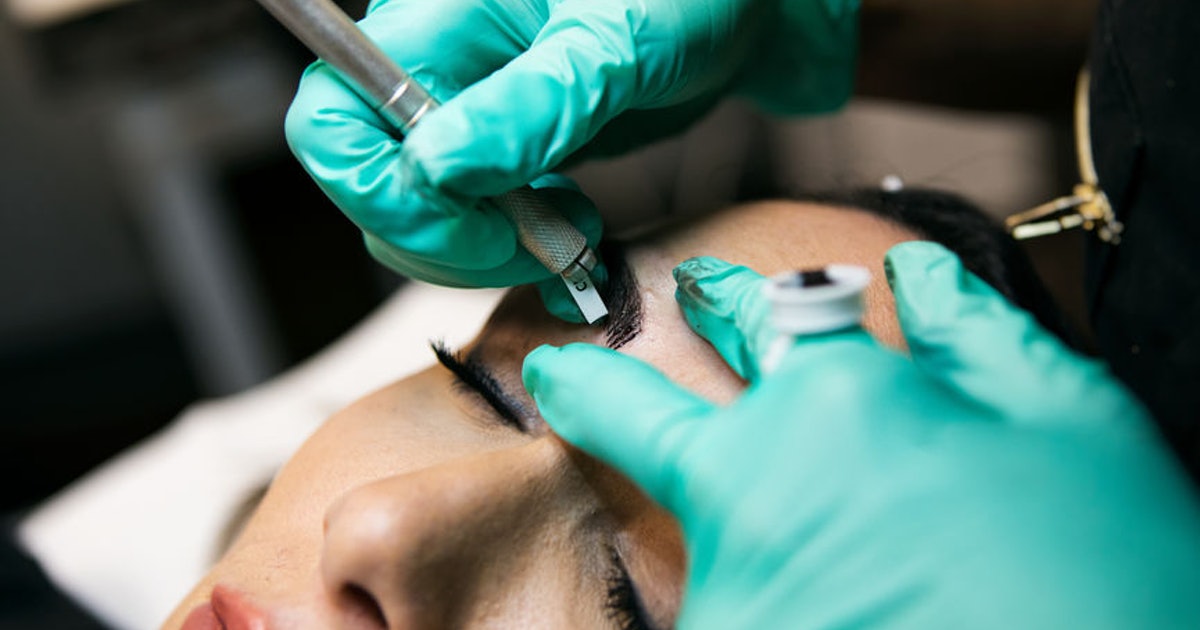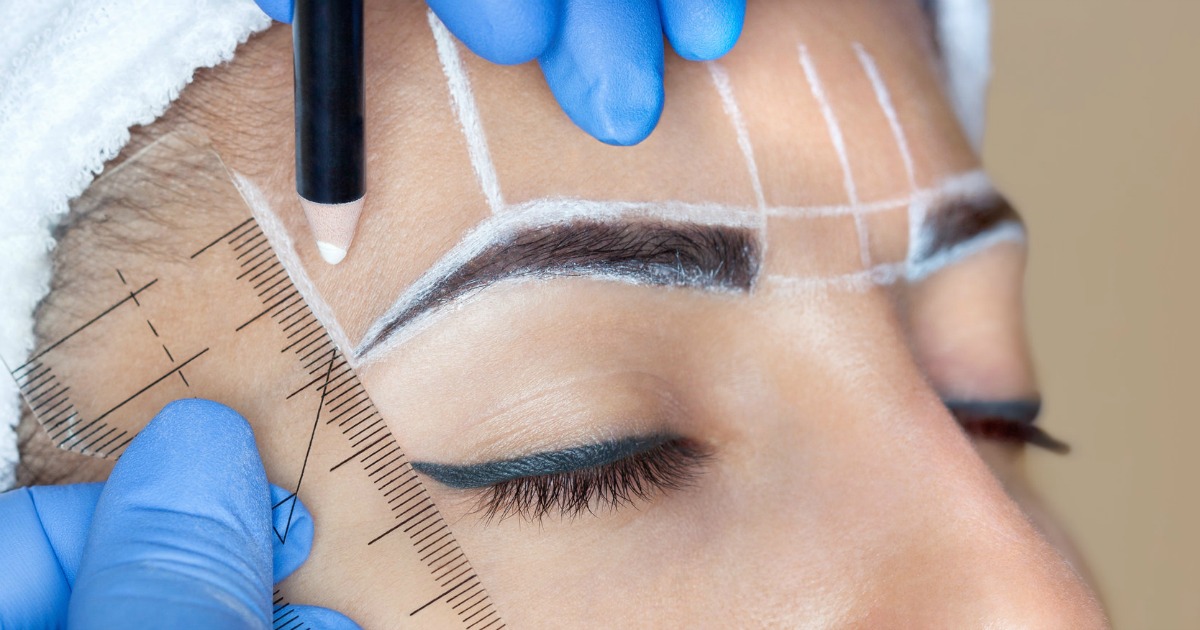What Is Microblading?
In the past few years, microblading has become one of the top new beauty trends. This technique promises flawless eyebrows you do not have to spend ages filling in each day. It might sound too good to be true, but many women are drawn in by the surprisingly realistic results. However, hearing that microblading involves some tattooing is understandably concerning to many. If you have heard a lot of people talking about microblading and are feeling curious, keep reading this article. We will tell you all the details about how the procedure works and what sort of results you can expect.
What Is It Exactly?

Many individuals are under the impression microblading is just an eyebrow tattoo, but the reality of what is it exactly is a little different. Microblading uses a very special type of tool that is essentially a tiny, wide version of a tattoo artist's needle. The microblading tool has ten to twelve needles aligned along a slope. When applied to the skin, these needles do not actually puncture or penetrate the skin like a tattoo gun will. Instead, they very lightly scratch the surface of the skin. Medical grade pigments are then applied to the scratch to create a fine line of pigmented skin. The microblading artist will apply the lines of pigment to make them look like extra hairs in your brows. When done correctly, the result is eyebrows that look fuller and thicker.
How The Procedure Works

How the procedure works will vary a little depending on who you select to do your microblading. Generally, it starts with the artist taking careful measurements and working with you to decide on the shape of your new eyebrows. They will then provide a numbing cream to make the whole area numb. After the cream takes effect, the needling process starts. This involves applying light strokes with the microblading tool to start filling in your eyebrows. The tool will initially do very thin, light strokes of color. To further boost your final color, the artist will smooth a layer of pigment over your entire brow area once they finish creating all the lines. This pigment settles into the needle strokes and deepens the color. Roughly six to eight weeks after your first appointment, your artist may give you the choice of getting a top-up session. This lets them fill in any areas where the pigment did not settle into the lines.
